The Boeing 767 is a widebody twin engine airliner designed in the late 1970s by Boeing in Seattle. Both the Boeing 757 and 767 were developed in tandem and it was actually the latter that flew first, on 26 September 1981. It boasted a range of 7,200km to 12,200km (4,473 to 7,580 miles) in service.
Airlines could choose engines from any of the three powerplant manufacturers. Pratt & Whitney and General Electric were first, with their JT9D and CF6 respectively, followed by Rolls-Royce’s RB211. Economy passengers enjoyed a unique seven across seating arrangement (2-3-2) in aircraft that typically seated 214 to 296 passengers.
Boeing 767 Video
Following on from the last video about the French Nord 262, this time we head across the Atlantic to have a look at the Boeing 767. First up is an eight minute video from the manufacturer from 1981, presented in Spanish. Those speaking English should ensure closed captions are on and then set it to auto-translate them. It’s worth it!
There is plenty to see in that video, including the initial cabin design, production and testing. Next up is a cheesy two minute Boeing promotional video from the turn of the century. This is notable for featuring so many different airline operators in one presentation.
Speaking of airline operators, United Airlines placed the first 767 in service on 8 September 1982, flying Denver to Chicago. Boeing quickly added range and stretched the aircraft, resulting in the majority of orders being for the -300 and -300ER variants.
Australian Boeing 767 Quirks
A little known fact is that the Boeing 767 was originally designed to have three cockpit crew, two pilots and a flight engineer. The rules permitting just two pilots (which Boeing had wanted all along) were relaxed quite late in the piece.
The first 30 planes were completed to the original configuration, then modified for two pilot operation. Ansett Airlines of Australia is the only airline that decided to keep the three crew cockpit with a flight engineer.
As the 767 was narrower than the other long-haul aircraft of the time, it was challenging to fit the seats. A unique solution was devised, where first class and business class were both in the Zone A section, separated by a wall.
Overall Thoughts
Today the Boeing 767 has largely been replaced by more modern aircraft at most airlines around the world. You will need to fly Delta Air Lines or United Airlines in the USA or head to Japan to fly on ANA or Japan Airlines to easily get on board one. These four really are the last major passenger operators in the world.
Remarkably the 767 is still in production, with new freighter versions being delivered to FedEx this year. There is also an aerial refueling tanker version for the United States Air Force that is being regularly produced, probably through to 2027. Even so, if you want to get on one as a passenger, you’d best do so now before they’re gone.
Have you flown on board a Boeing 767 before and what was it like? Chances are highly likely you have, because I certainly have – my last flight ever was on 4 May 2018. Did you like the videos? Thank you for reading and if you have any comments or questions, please leave them below.
Enjoying the series? Check out the index to all the “Does Anyone Remember…” articles.
Flight reviews your thing? Mine are all indexed here.
Follow me on Facebook, Twitter and Instagram.
Featured image by Austrian Airlines via Wikimedia Commons.
Ansett Boeing 767 cabin via Airline Secrets Exposed on Facebook.




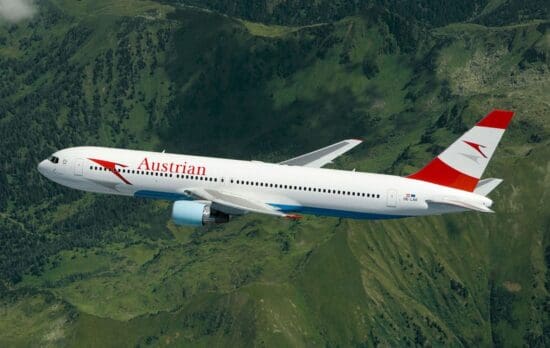



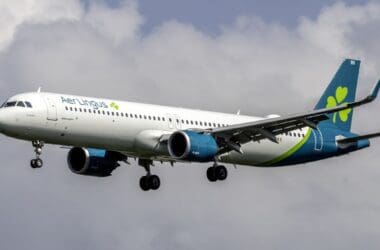
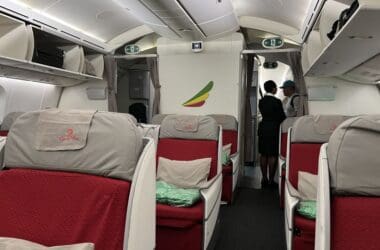
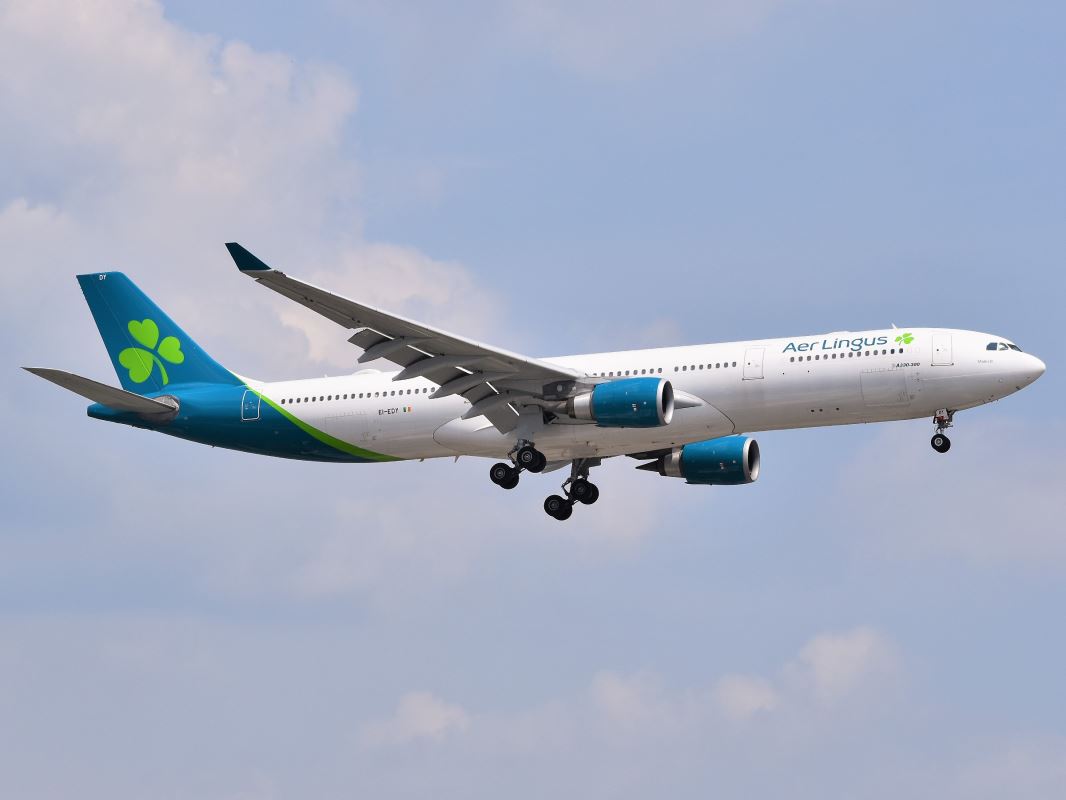
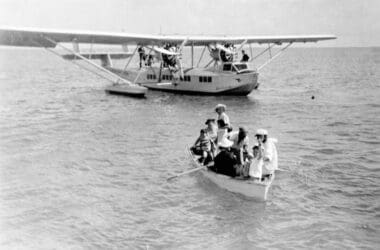
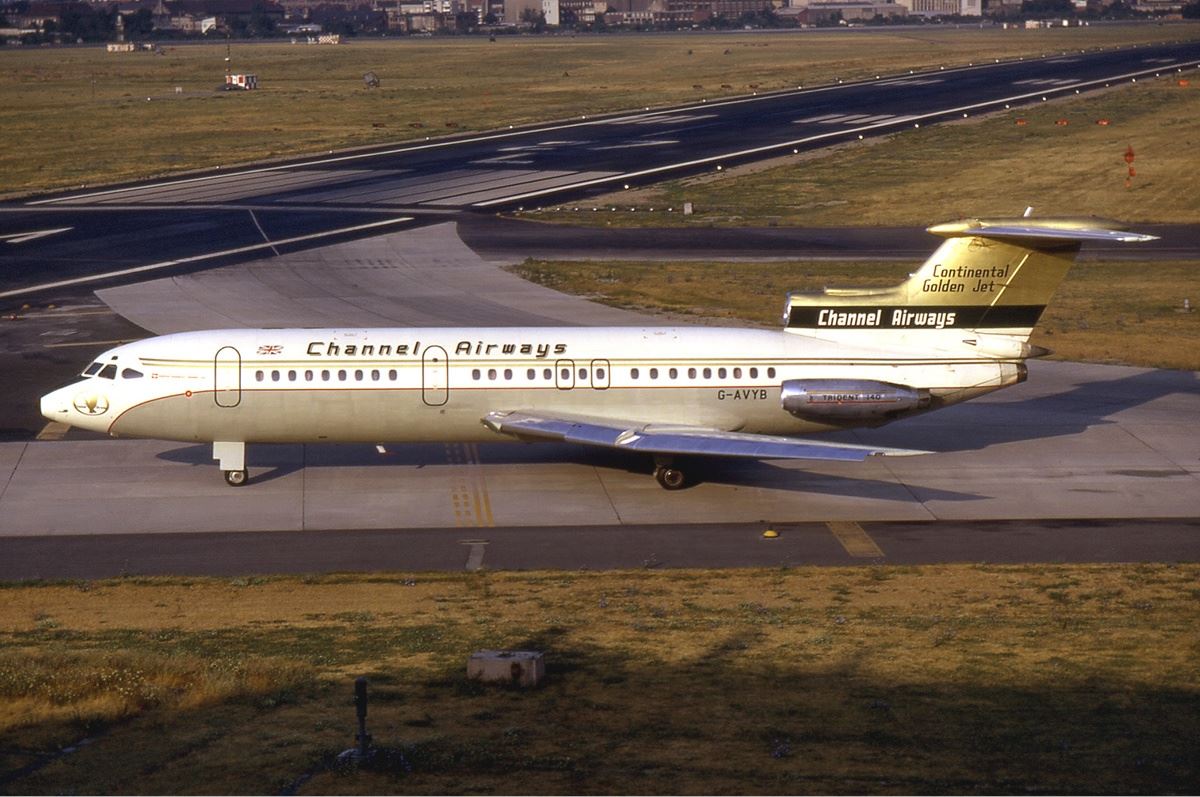

I used to fly the 767 with Qantas all the time back in the day – it was my favorite! My travel hack was always to pick the aisle seat of the 3 middle ones in the 2nd aisle, as the FA’s would always send the A,B,C,D seat passengers down the 1st aisle, and the E,F,G seat passengers down the 2nd aisle – which meant that there was usually 25% more luggage space available, and you got off about 25% faster (due to less ppl queued in yr aisle). I remember explaining this to check-in consultant who was putting me on another plane after a flight cancellation – the look on her face, as she said she had never considered this
I would never have considered that either, that’s very smart thinking! I’ve flown the Qantas 767 a few times on domestic routes, it was always good. Never as often as you though. Thanks for that, that’ll give me food for thought when I’m next flying.
Seems a bit premature for a post-mortem type article on the 767! So many are still in passenger service all over the world. Austrian still flies them today, along with large numbers in their fleets at ANA, Delta, United, and Japan Airlines. Plenty of opportunities to fly the 767!
Well, the four with large fleets are really all that’s left. They’re hardly anywhere else in the world. Austrian has only three remaining as well. So there are plenty of opportunities – depending on where you live, I guess!
Keep doing these articles; I enjoy them.
I own a piece of the ribbon from when the Delta employees bought the first B767 for the company.
That’s pretty cool – I should have mentioned that story, as it’s almost unheard of for employees to buy an aircraft for a company. Thanks for the kind words as well!
Love the 767 – have flown it a lot to Germany and back with my wife.
Great to hear! I have good memories of it myself.
When flying in economy, the 767 is by far the most comfortable widebody out there. You are never more than 1 seat from an aisle -traveling as a couple you have a row to yourselves if you choose either window, and flying solo book an aisle in the middle as the middle seat is frequently empty. I have never been disappointed on a 767 regardless of the service class I’ve flown in.
Very true, that layout was a real success for passengers in economy class. I always enjoyed my flights on the 767, that’s for sure. Thanks for the comment!